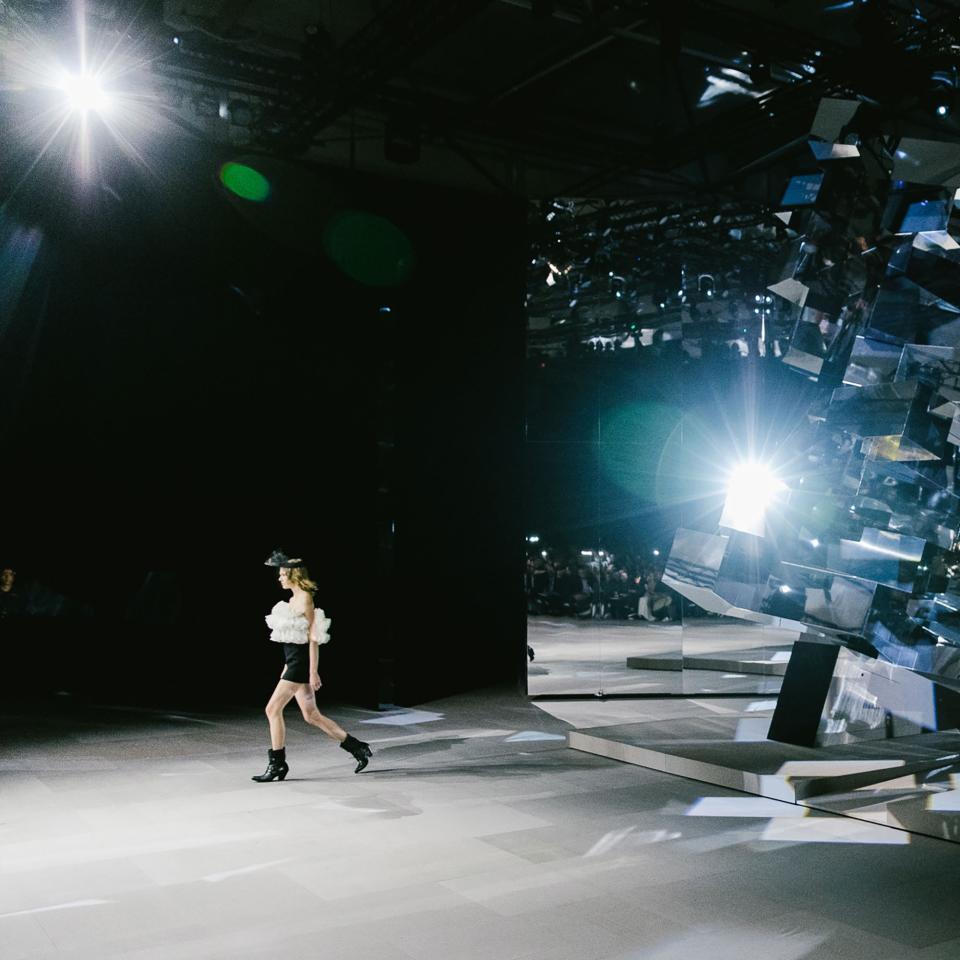Rihanna, Celine, and That Versace Deal—The 10 Biggest Stories of the Spring 2019 Season
How to summarize the diversity, chaos, and gossip of 28 straight days of fashion shows across four cities on two continents? Here at Vogue Runway, we’ve set our phones back to Eastern Time, stocked up on green juice and supplements, and are planning a weekend of rest and relaxation—but not before recapping the 10 ideas that will stick with us until the ready-to-wear collections start all over again next February.
1. Ralph Lauren’s 50th Anniversary Is a Lesson in Making It—And Making It Last
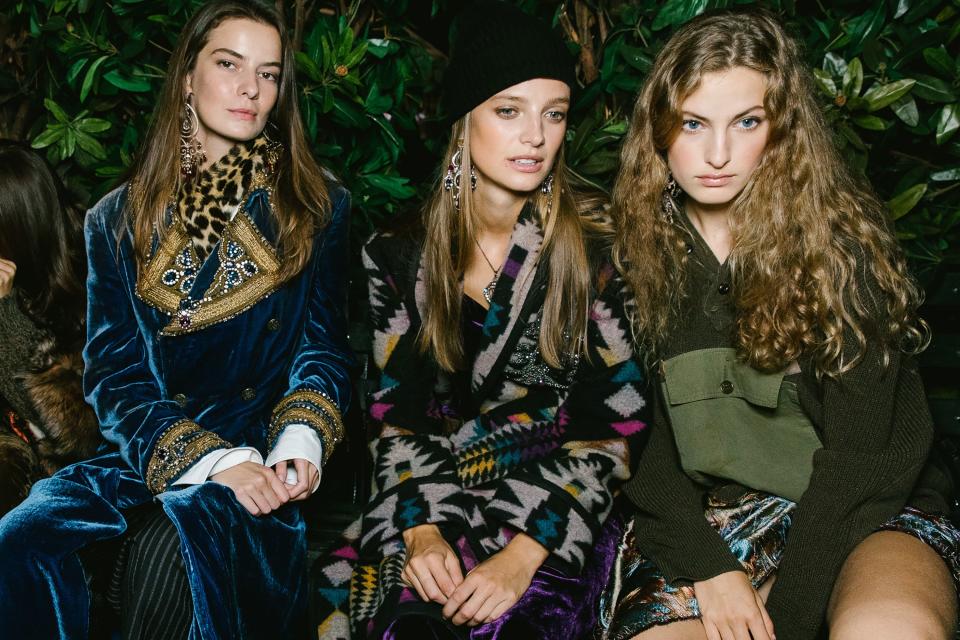
In the shadow of Central Park’s Bethesda Fountain, Ralph Lauren marked his 50th year in business with an elaborate show and dinner. I could rave about the celebrities—Hillary Clinton, Oprah Winfrey, Pierce Brosnan, et al. I could talk endlessly about the posh setting, the casting, or the Champagne and steak. But after four weeks of fashion shows, what really stands out about Lauren is his commitment to his defining vision. He rethinks and readjusts from season to season, but in the end, his American dream is unchanging. That’s something for the next generation of designers to consider as they approach their Fall 2019 collections.
2. Rihanna Has Upended the Celebrity Fashion System—Others Should Take Note
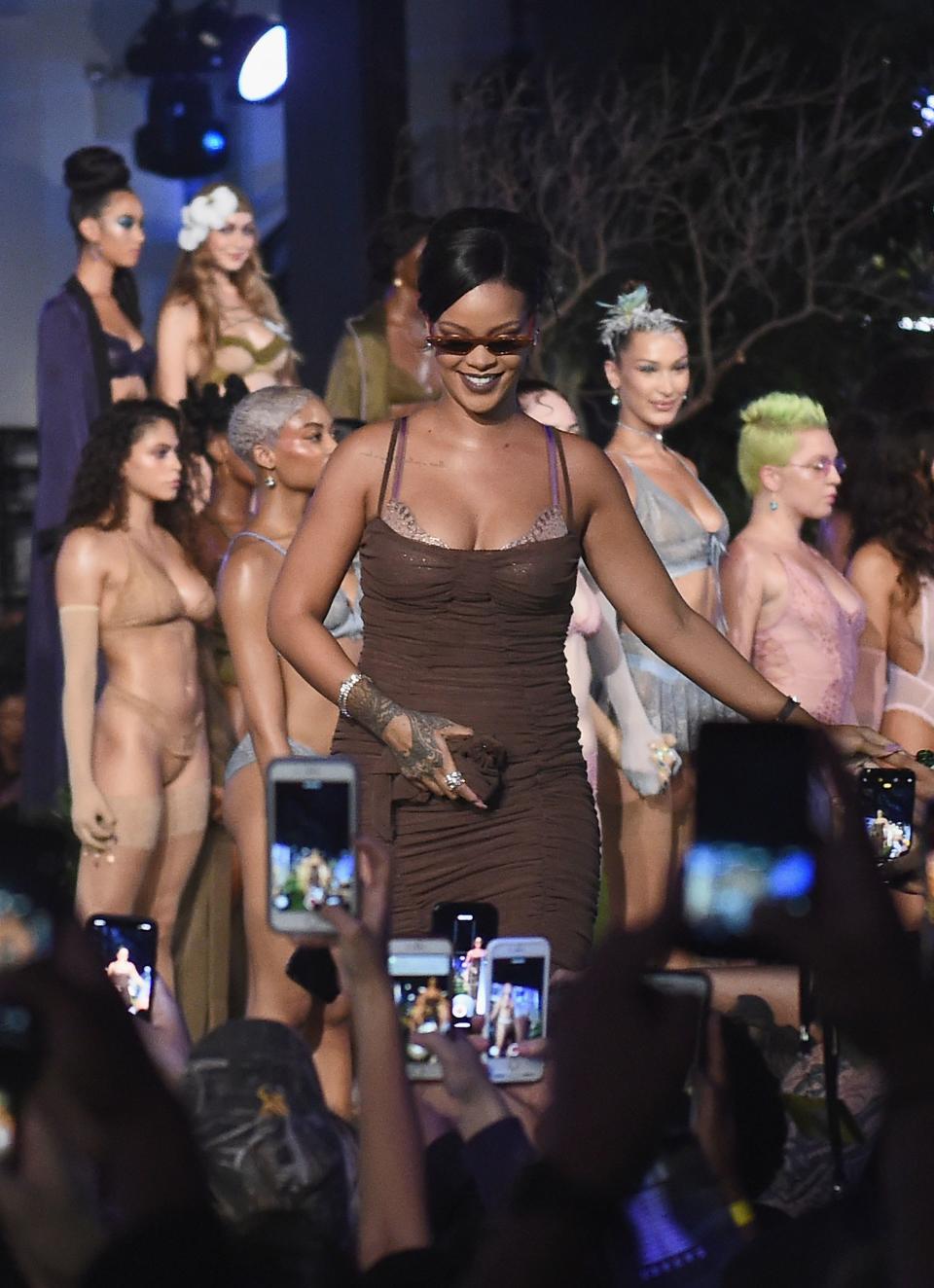
1032416116
Photo: Getty ImagesIf you’re a celebrity who wants to be in fashion, you have to be fashion—at least according to Rihanna, who shut down New York Fashion Week with a monumental display of female power and sexuality at her Savage x Fenty intimates show. (So powerful and celebratory, in fact, that model Slick Woods went into labor immediately following her appearance.) Rihanna’s ability to imbue her very essence into a fashion collection and a presentation is her great gift. Not everyone could do it, but maybe more should try. The front rows are brimming with stars, nebulas, and supernovas. What would happen if other celebrities approached fashion in a more organic, authentic, Rih-like way?
3. Fashion Can’t Resist a New Beginning—And This Season We Got Two Big Ones
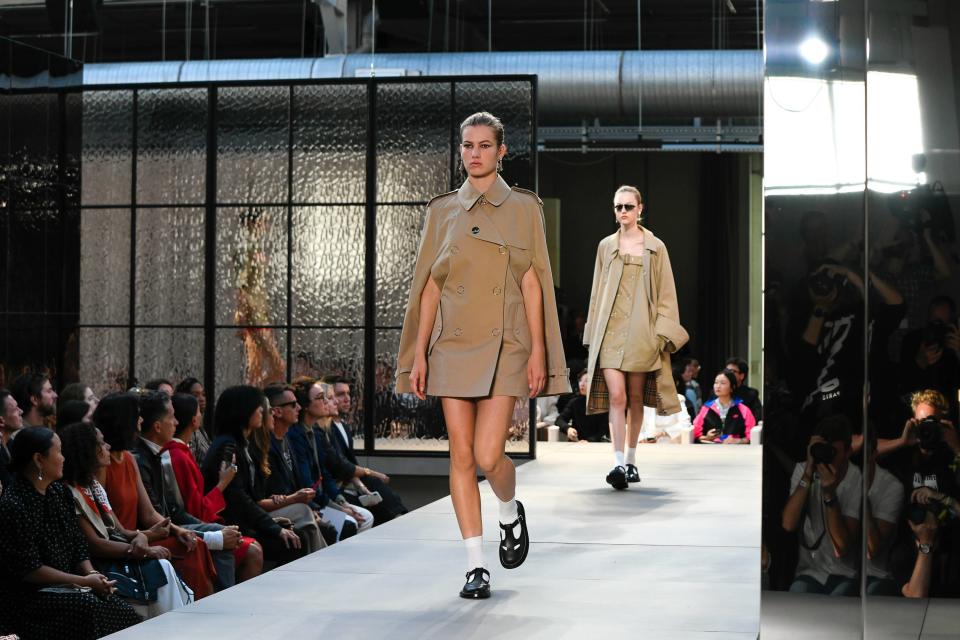
The most talked-about shows of the season were designer debuts: Riccardo Tisci at Burberry and Hedi Slimane at Celine. Both are certified fashion stars whose appointments were originally met with skepticism: What does a romantic Italian know about British heritage? What could a Parisian nighthawk do for a sumptuous pro-woman, anti-sex label? But the similarities end there. At Burberry, Tisci stepped outside of his comfort zone, plumbing Great Britannia with a collection that spanned ladylike poise and Sex Pistols punk. Slimane remained uncompromising in his vision, storming the maison that Phoebe Philo built and leveling it, erecting his own monument to Parisian glamour in its place. Which approach will work better? For now, we can’t stop talking about either of them.
4. The Michael Kors and Versace Deal Signals a Sea Change—Right?
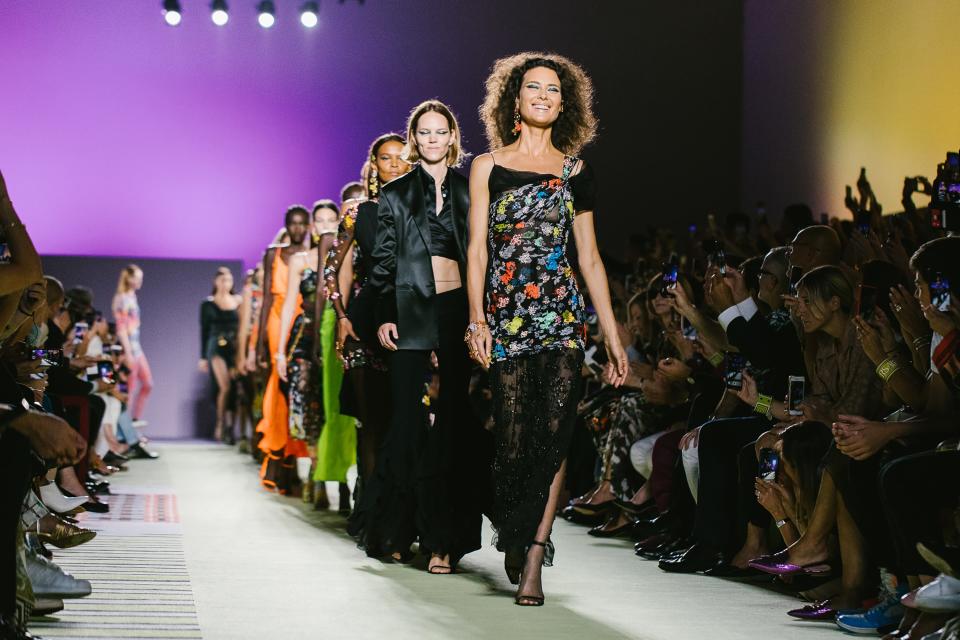
It was day two of Paris Fashion Week when the news broke: The Michael Kors Holdings Limited company was buying Versace for more than $2.1 billion. Donatella Versace would stay on, and the group would be renamed Capri Holdings. What does this mean for the future of Versace? For the future of independent labels? Maybe nothing. It’s too soon to tell, but if Dries Van Noten’s deal with Puig and Thom Browne’s with Ermenegildo Zegna are any indication, an influx of investment does not necessarily mean a sweeping change, as it did in the past—especially at a brand with a commanding point of view.
5. On the Runway, the Women Wearing the Clothes Matter
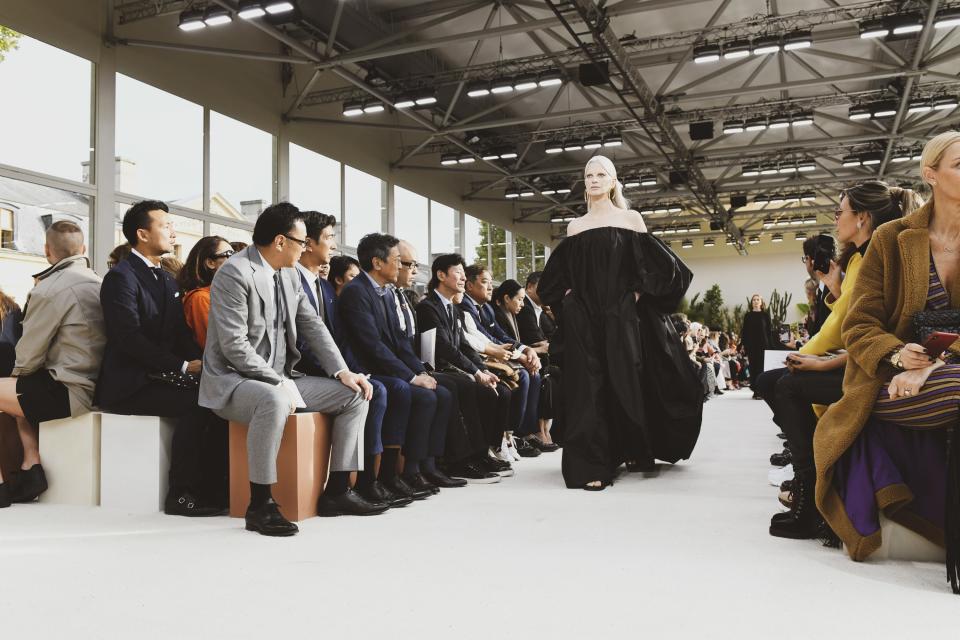
With the Kavanaugh hearings dominating the news cycle during fashion month, many wondered if fashion has a place in the resistance. Designers’ messages, from New York to Paris, seemed to be that the woman inside the dress matters more than ever. Diversity, of race and age, was at an all-time high this season, with brands like Pyer Moss casting entirely black shows. Valentino opened with the gray-haired Kristen McMenamy, and Shalom Harlow returned at Versace, while Virgil Abloh put professional athletes on his Off-White runway alongside Gigi Hadid, Kendall Jenner, and Karlie Kloss. Dolce & Gabbana had families of all kinds on the catwalk alongside Carla Bruni and Monica Bellucci. Gypsy Sport, Chromat, Eckhaus Latta, and Koché are still street casting their shows. This season’s It model is no single woman—it’s all women.
6. A New Kind of Genderless Clothing Took Hold in Paris
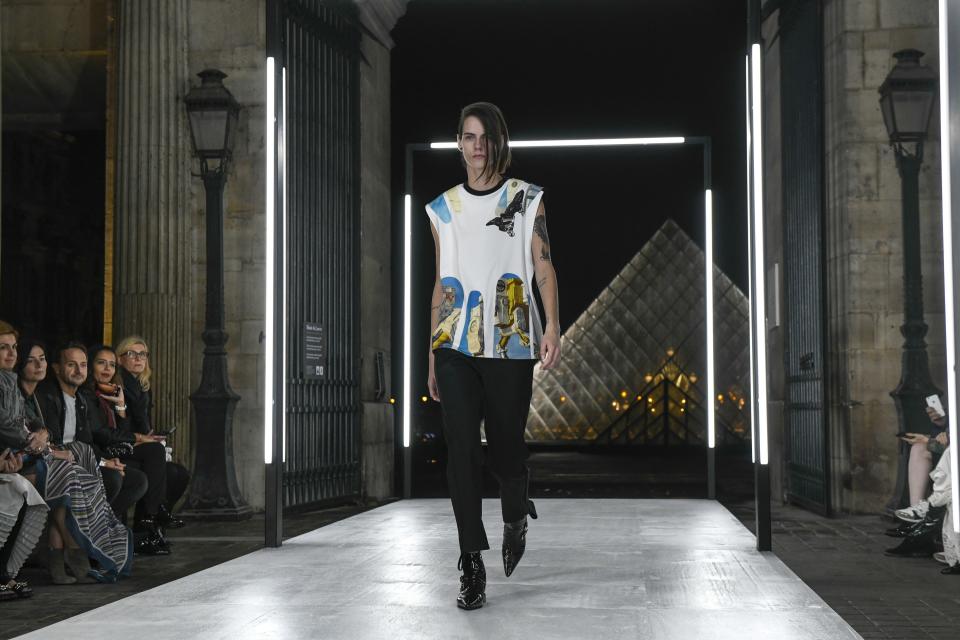
Lemaire and Haider Ackermann combined their men’s and women’s collections this season, joining a trend that has seen Gucci, Balenciaga, and Burberry unify their offerings. But more interesting is the blurring of the once firmly drawn lines between masculine and feminine. At Maison Margiela, John Galliano cast models of all genders in his corseted brocade dresses and roomy, bold suiting. “It doesn’t matter who wears it,” he told Vogue’s Hamish Bowles. Louis Vuitton and Givenchy, too, challenged preconceptions about femininity via Nicolas Ghesquière’s boyish suiting and a gender-fluid muse inspiring Clare Waight Keller’s strong-shouldered blazers and plissé dresses.
7. What’s Up With the 100-Look Show?
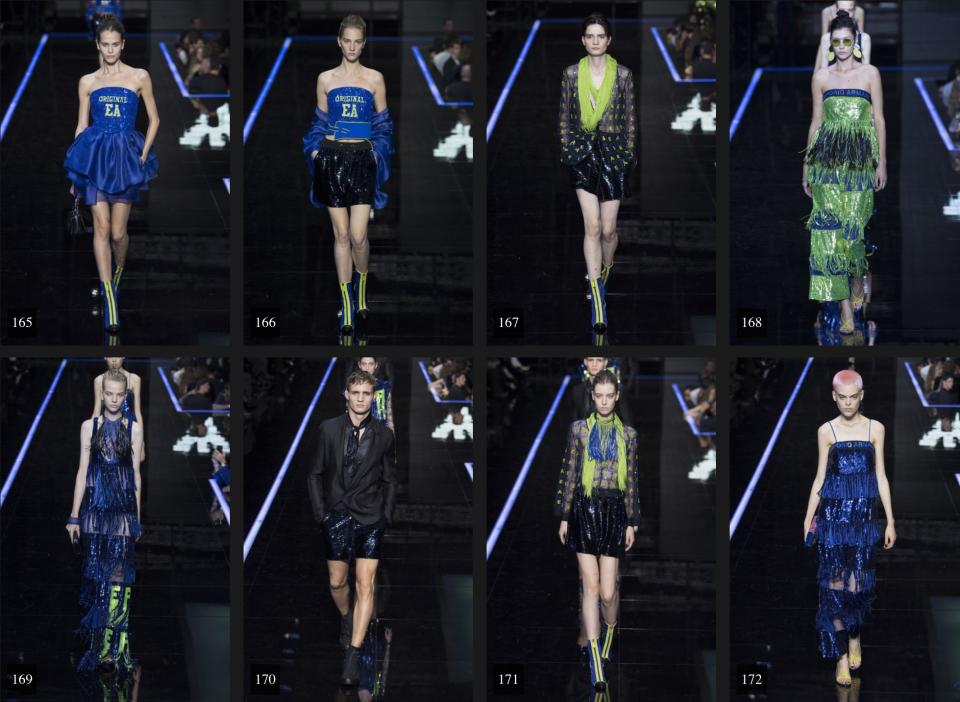
You’re going to need a lot of time to click through this season’s most buzzed-about shows, many of which clock in at well over 100 exits. What purpose do these 130-, 150-look shows serve? There’s a consumerist message in there—more outfits means more products, but in the end, it can really make you miss the halcyon days of a 39-exit Nicolas Ghesquière show for Balenciaga. Succinct, visionary, and well under 15 minutes from start to finish!
8. Can We Cut a Day or Two From Paris Fashion Week?

The Monday between Milan and Paris Fashion Weeks is a travel day no more. With Dior, Jacquemus, and Gucci showing on that day, the fashion crowd barely had time for a midseason blow-dry, not alone dry cleaning. Paris Fashion Week now totals nine days. Necessary? Maybe not, as shifting show times—like Celine from Sunday afternoon to Friday evening—left the last four days of the week looking a bit sparse. We’d all be a little happier with a shorter spree, wouldn’t we?
9. A Spectacular Scene Is Now the Norm
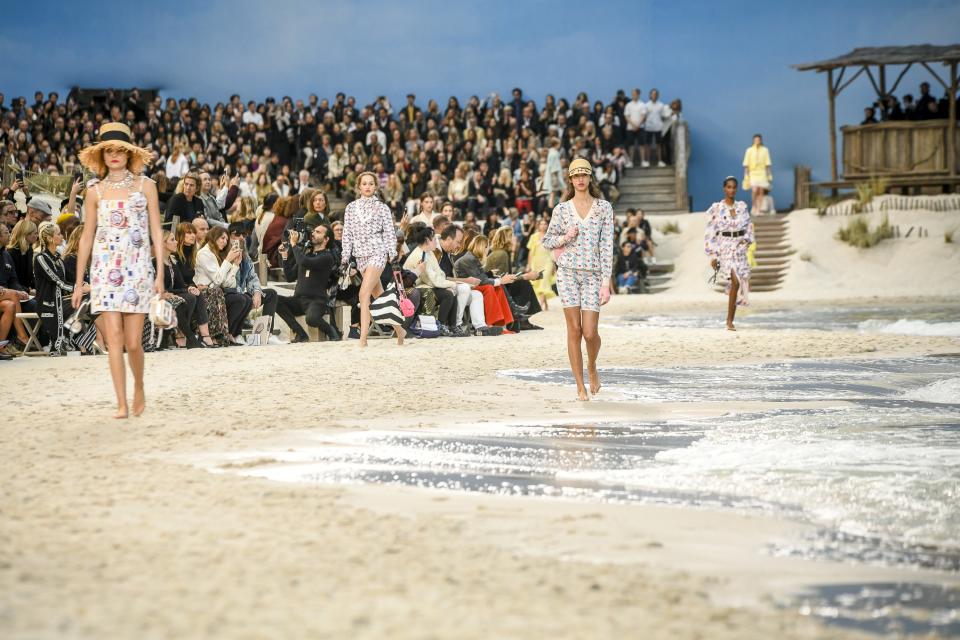
Big budgets or not, designers are now expected to deliver a spectacular setting for their runway shows well beyond the basic white box. Eckhaus Latta brought us to Brooklyn, Anna Sui erected a grand bazaar, Telfar took over a helipad, and Calvin Klein turned its headquarters into a fearsome beach scene right out of Jaws—and that was just New York. Later in the season, Gucci out-Gucci’ed its Frankensteinian operating room with a Jane Birkin performance in Paris’s Le Palace, Rick Owens set Tatlin’s Tower ablaze, and Marine Serre stretched out on a Parisian bridge. Dior had dancers, Louis Vuitton built a space station in the Louvre, Saint Laurent lit up the Trocadéro with palm trees and a reflecting pool, and Balenciaga constructed a mind-bending techno tunnel. In the end, no one had a more evocative set than Karl Lagerfeld, who set up an actual beach for Chanel—sand, sea air, and honest-to-goodness waves. When the experience economy is booming, everything has to be worthy of a ’gram.
10. Rei Kawakubo Is Making Clothes Again
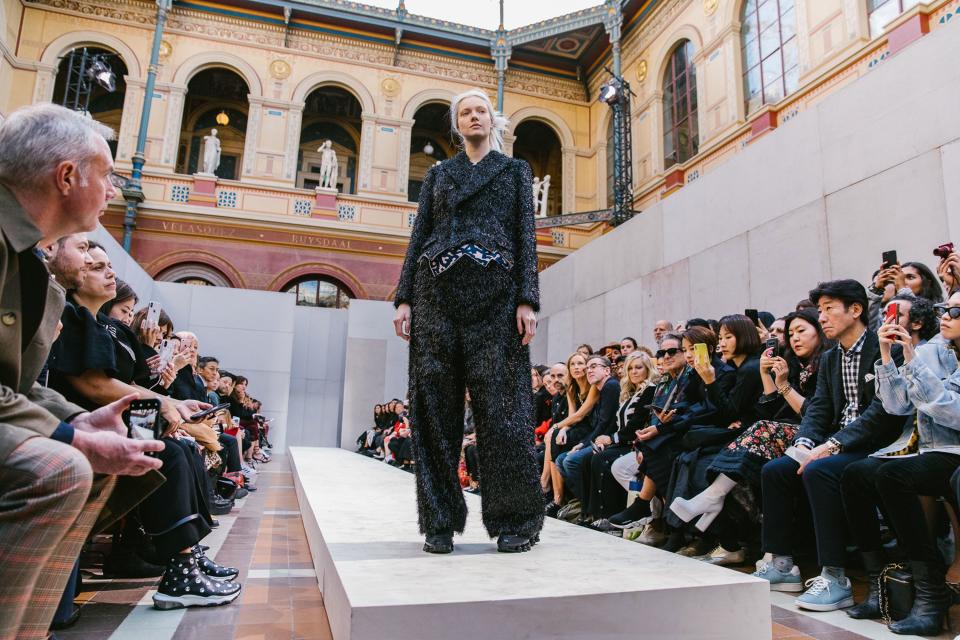
In 2014, Rei Kawakubo decided to stop making clothes. Her Comme des Garçons shows became Zen koans—assemblages of bulbous shapes meant to challenge our preconceptions about garments, fashion, the establishment. Now, suddenly, Kawakubo has changed her mind. Her Spring 2019 collection featured blazers and bodysuits—though not without their own Kawakubo-esque wackiness. Models sported lumps, bumps, white wigs, and rattling silver chains. It’s not athleisure, but it is a more casual, legible Rei.
